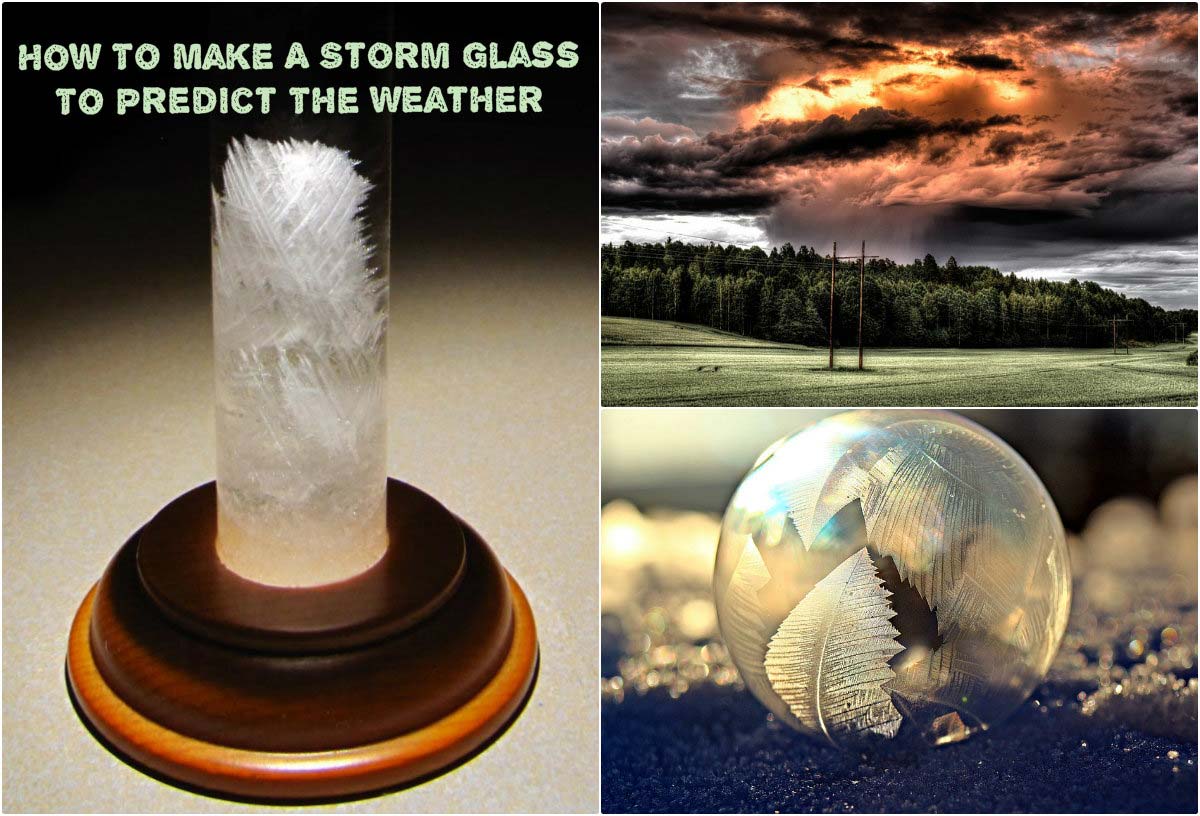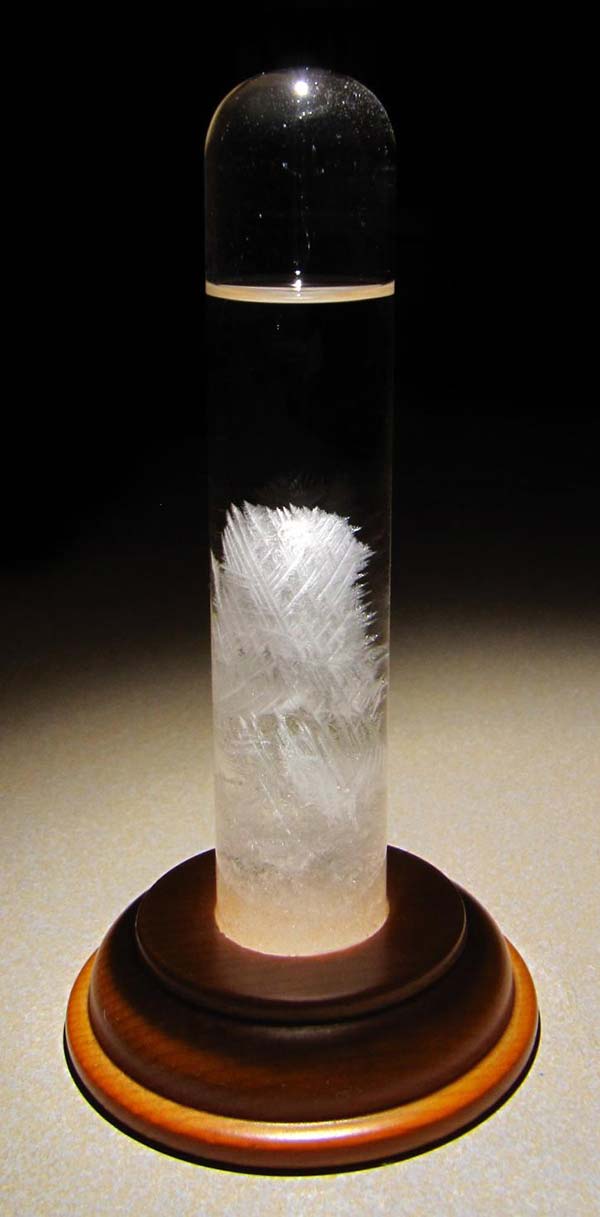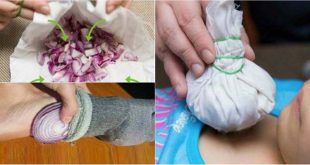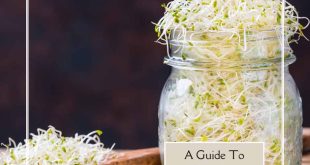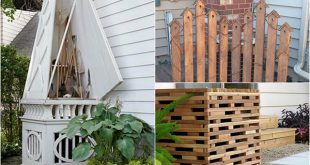How To Make A Storm Glass To Predict The Weather
Predict the Weather with a Storm Glass
Here’s How to Make One
Have you ever heard an older person complain of aching joints that accurately predict the weather? Or have you noticed that woodland creatures are busily gathering seeds and nuts before a storm but, when the bad weather hits, they are nowhere to be found? They somehow know when it’s time to go to ground. How do they know? You might not be able to feel it, but there are barely perceptible shifts in the atmosphere. These shifts produce chemical changes that can be readily observed using just a handful of ingredients and a basic command of chemistry to create a weather predicting device.
The device is called a “storm glass” and it has been used to predict the weather for over 200 years. While the storm glass was invented in the mid 1700’s and used in European ports and harbors to warm of approaching inclement weather, the storm glass did not gain notoriety until Admiral FitzRoy used one on his voyage with Charles Darwin to the Galápagos Islands. In fact, the weather predicting instrument is sometimes referred to as a “FitzRoy storm glass” for this reason.
To make a storm glass, you will need to combine several chemicals. Don’t be intimidated! Things like ammonium chloride and potassium nitrate might sound scary, but all of the chemicals you will need are available online and ratios do not need to be precise for the storm glass to work.
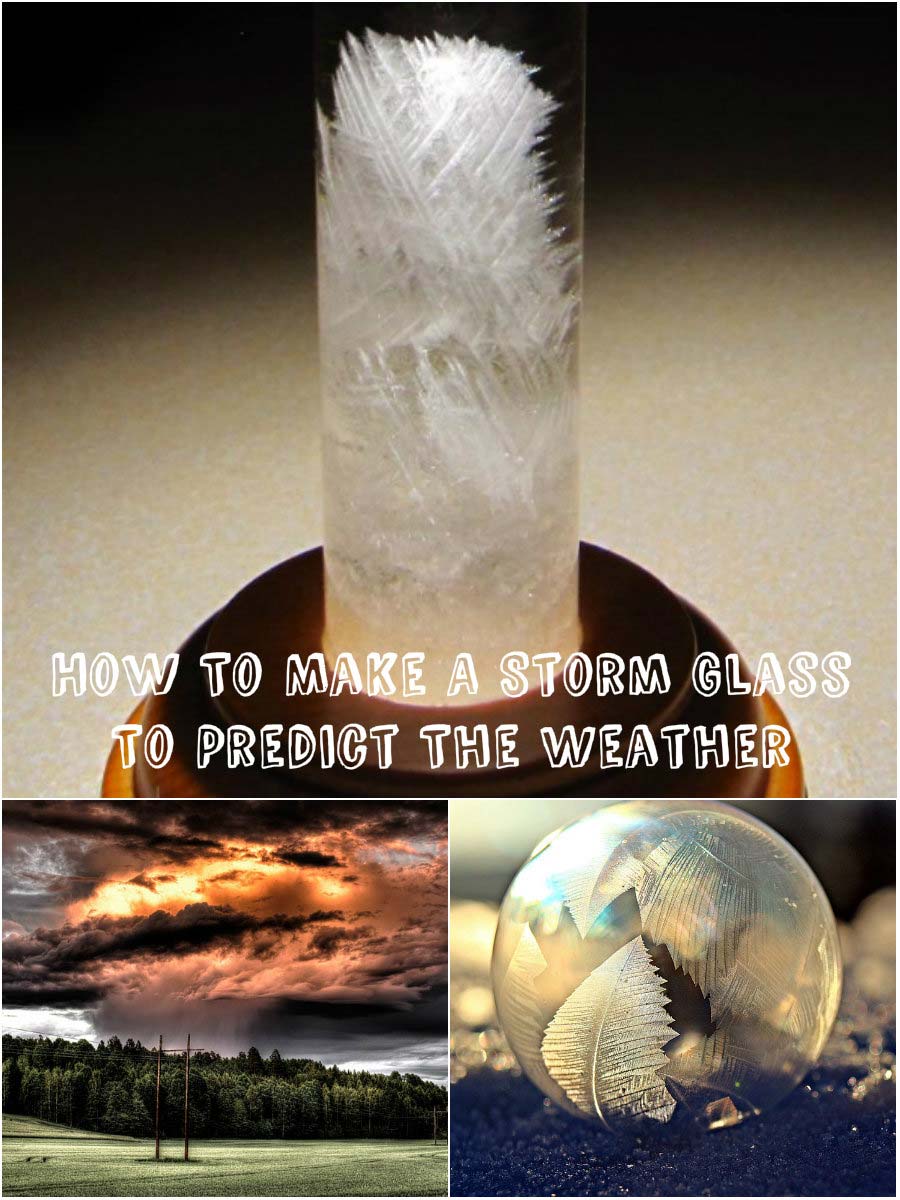
How To Make A Storm Glass To Predict The WeatherConsider the following ingredients list to be a suggestion more than a strict laboratory experiment.
Materials to Make a Storm Glass
- A glass bottle or test tube with a cork lid
- 33 mL distilled water
- 40 mL ethanol
- 2.5 g potassium nitrate
- 2.5 g ammonium chloride
- 10 g natural camphor
Making a Storm Glass
- Pour the ammonium chloride and the potassium nitrate into the distilled water. Stir to dissolve.
- Pour the camphor in the ethanol to dissolve.
- Combine the ammonium chloride and potassium nitrate solution with the camphor ethanol solution in a glass beaker. Gently warm the solutions to encourage them to mix.
- The mixture should now be thoroughly combined. Pour the mixture into a glass bottle or test tube.
- Seal the mixture inside its glass receptacle using a cork.
Alternative Materials to Make a Storm Glass
You can substitute vodka for the pure ethanol and distilled water. The proportions will be somewhat different from the traditional storm glass, but the chemical solution should still function properly. If you decide to use vodka, the ingredients are:
- A glass bottle or test tube with a cork lid
- 300 mL 100 proof vodka (50% Ethanol)
- 1 oz (28 grams) camphor
- 10 grams potassium nitrate
- 10 grams ammonium chloride
Interpreting the Storm Glass
- Clear liquid: indicates clear weather, sunshine, no precipitation.
- Cloudy liquid: a cloudy day ahead, perhaps with some light rain.
- Liquid with small specks or dots: Moisture in the air in the form of fog or humidity.
- Cloudy liquid with specks or tiny stars: a storm is moving in. Depending on the temperature, the front could bring snow or thunderstorms.
- Liquid occluded by large, swirling flakes: signals a cloudy day ahead with overcast skies and the possibility of snow or rain, depending on the temperature.
- Crystals at the bottom of the jar: the crystals resemble frost and indicate it as well.
- Thin squiggles or threads at the top of the jar: indicates a windy day ahead.
So, how does the storm glass actually work?
Without getting into the nitty gritty chemistry, suffice it to say that temperature and pressure can have a visible effect on solubility. The storm glass uses this fact to create a simple, visual display of otherwise invisible changes in temperature and pressure. This simple chemical reaction explains why sometimes the storm glass looks like clear liquid while, at other times, precipitants that look like flakes, dots, or threads form inside the glass. Think of the storm glass as a snow globe that captures the atmospheric microcosm surrounding you at all times. Pretty cool, right?
The storm glass can be described as a sort of barometer combined with a thermometer because it seems to respond to both atmospheric pressure and temperature. A barometer is defined as an instrument that measures atmospheric pressure and a thermometer is an instrument that measure temperature. The term “barometer” is derived from the Greek words for “measure” and “weight.” Meteorologists use barometers to note changes in atmospheric pressure. This information can be used to predict the weather.
The storm glass is not precise or specific enough to be technically labeled a barometer or a thermometer, but it shares certain qualities with both. While it reacts to pressure, it does not provide a specific measurement and crystals form in response to temperature as well, not solely in response to shifts in atmospheric pressure. In barometers, the liquid level moves in response to atmospheric pressure, but the storm glass is sealed, making its contents somewhat cut off from subtle changes in pressure. For this reason, experts agree that pressure alone would not account for the observed changes within a storm glass. There is speculation that surface interactions between the liquid contents and the glass wall of the storm glass account for some of the crystal formation.
Start Fresh Anytime
You don’t need to do anything to maintain a functioning storm glass, but you might like to dissolve the crystals entirely to watch the process start fresh beginning with completely clear liquid. To do so, you simply place the storm glass in its entirety in a bowl of warm water. Loosen the cork lid to prevent pressure from building up inside the glass. Wait approximately 10 minutes to make sure that all of the old crystals have time to dissolve completely. When you pull out the storm glass, you should see only clear liquid inside. Now watch crystals rapidly form in response to the temperature and pressure around you. It’s like magic…or science!
 Home and Gardening Ideas At home and Gardening ideas we believe inspiring readers about homesteading, self sufficiency
Home and Gardening Ideas At home and Gardening ideas we believe inspiring readers about homesteading, self sufficiency
